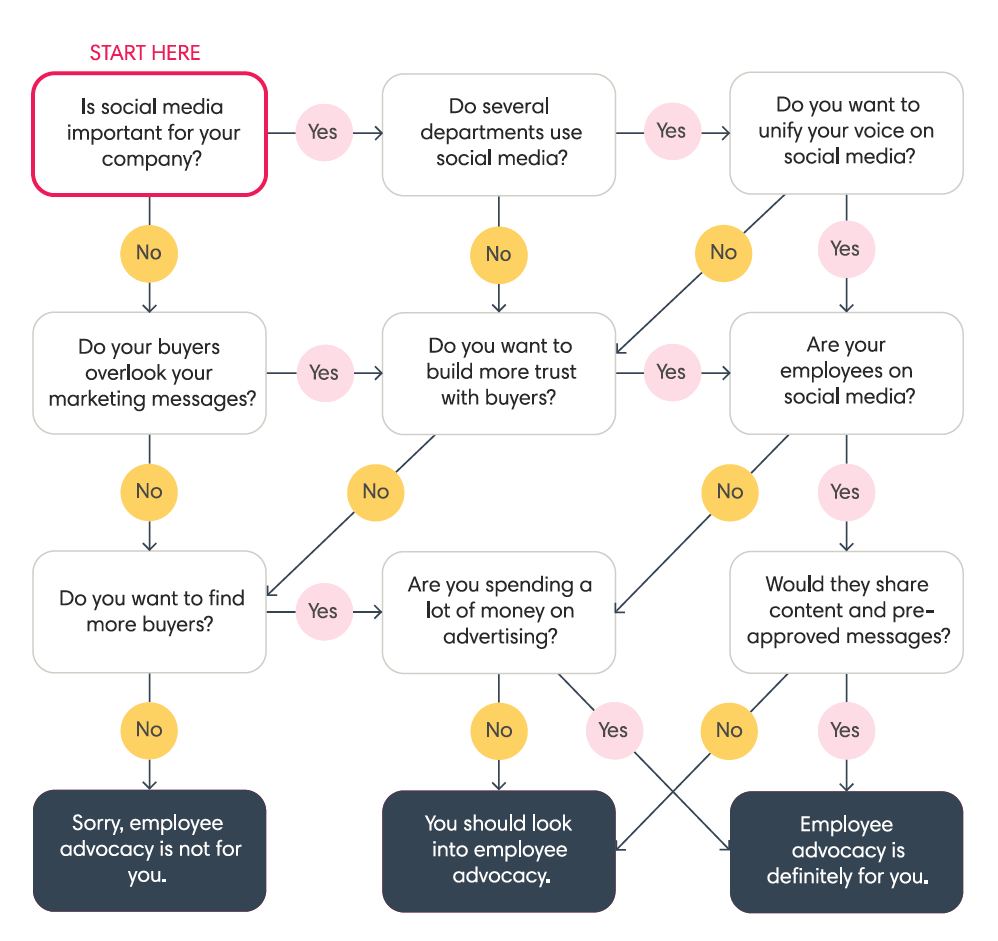As sales leaders, it is no secret that in today’s technology-driven corporate environment, customers demand that you earn their trust to be granted access and time.
The Problem: Traditional lead generation methods yield very little, and sales professionals are struggling to fill their pipelines.
- Cold calling is completely unproductive.
- Emails are not opened.
- Voicemails are not returned.
The Root Cause: Customers are doing initial research online.
- Customers can find all the information they need and never speak to a sales representative.
- Sales representatives are contacted only when the shortlist is complete.
- Customers turn to trusted network and digital influencers for advice and recommendations.
The Solution: Social Selling
- Establish a professional, digital brand.
- Build online relationships.
- Engage with insights to build reputation and authority.
- Earn trusted relationships and influence.
Statistics
- 93% of sales executives have not received any formal training on social selling. (Accenture)
- Sales representatives who exceed quota share 23% more content each month on social media than other reps. (LinkedIn)
- 82% of prospects are active on social media. (InsideView)
- 68% of sales professionals say they believe that the selling process is changing faster than their own organizations are adapting to it. (Forbes)
- 9% of U.S. salespeople say their company trains or educates them on the use of social media. (Forbes)
Key Performance Metrics (KPIs)
Sales leaders need to maintain an unwavering focus on a clear set of sales metrics.
- Number of new leads. Spend the time to define what qualifies as a lead in your organization. Partner with your marketing counterpart(s) to jointly define this key metric – your sales velocity and revenue contribution depend on accurately defining what a lead is. Click behaviour on your site or downloading a paper may or may not meet the standard you set. This definition will also help you identify sales team members that need support in sourcing leads.
- Conversion rate (the number of sales / the number of leads * 100). Conversion of leads into new revenue is a key health metric for your sales team. Your conversion rate is a strong indicator of the quality of your leads, sales process, and sales representatives. If you have a consistent way of defining leads, a value-driven sales process, and a team that executes consistently, conversion rate will be high. If not, you will need to diagnose and address which parameter(s) need attention.
- Customer engagement. In today’s digital economy, engagement no longer simply means an in-person interaction, demo, or phone call. You will have many more interactions with your customers and prospective customers across channels, be that social media, email, your website, or even search. Consistently focusing on adding value and helping the customer solve their problems along their journey with you should drive how a customer engages and interacts with your company. A happy customer is an engaged customer, and engaged customers lead to increased profitability and revenue.
- Churn/retention. Alignment of your solution to the client challenge is key to ensuring consistency in your customer base. If you witness a decrease in renewals or increase in client turnover, it is important to have a dialogue with your customer. Ensure your solution addresses the customer needs, the process to educate how your solution adds value is valid, aligned and understood, and the onboarding process is effective in empowering your customer to be autonomous and earn value from your solution. Long-term customers are a key indicator of a healthy company.
- Pipeline velocity (qualified leads x win rate x deal size/# days in sales cycle). Pipeline velocity requires you to understand the activities and expectations that facilitate a deal throughout the customer lifecycle. It is critical to spend the time required to understand the communication, process, and information friction that may exist from lead origination (interest/awareness) through qualification (consideration), to engagement (trial/purchase), and onto loyalty, advocacy, and renewal. Pipeline velocity is an essential set of attributes, interactions, and activities that make up the efficiency of your sales process and business value to your customers.
Take Aways
- Your customer is empowered and the selling process must mirror the buying process.
- Embrace the new norm and ask your trusted relationships where they look for information and perform research related to your products and services.
- Meet your customers along their digital journey.
- Listen for needs and share appropriate information there to influence change.
- Train your personnel in the social selling skills needed to be successful.
Article by channel:
Everything you need to know about Digital Transformation
The best articles, news and events direct to your inbox
Read more articles tagged: Customer Journey, Digital Marketing, Featured








